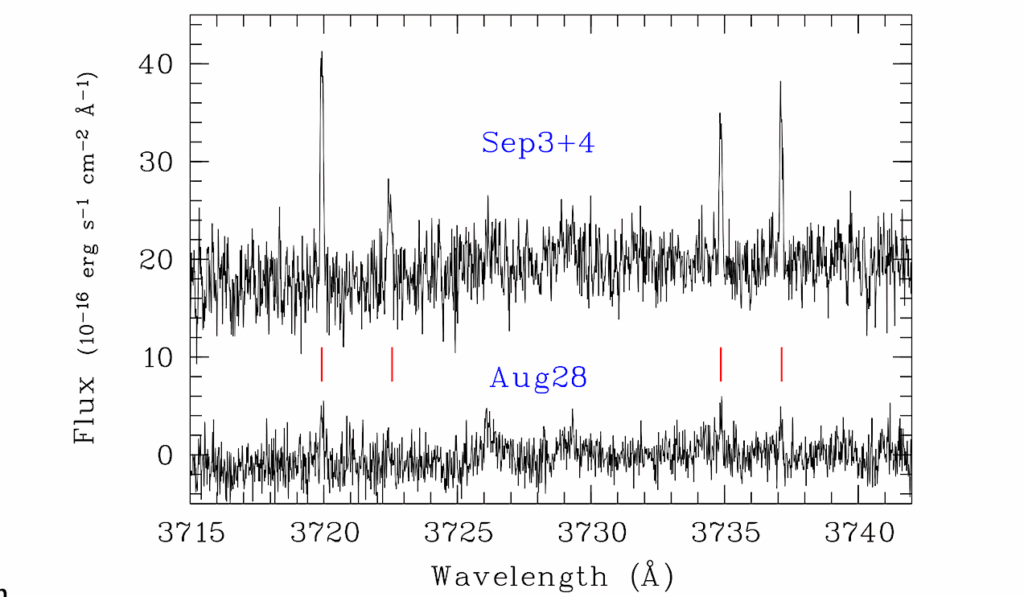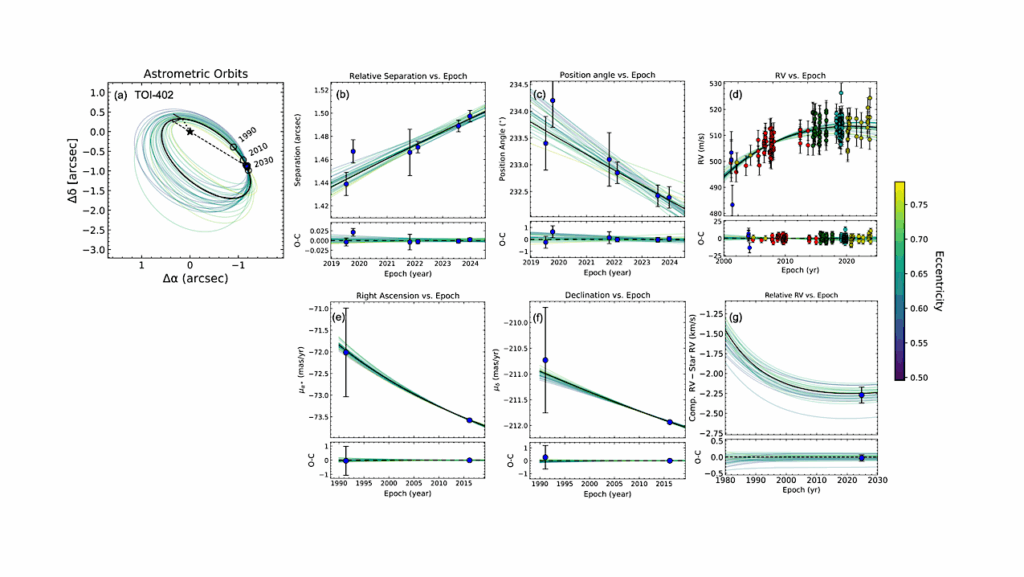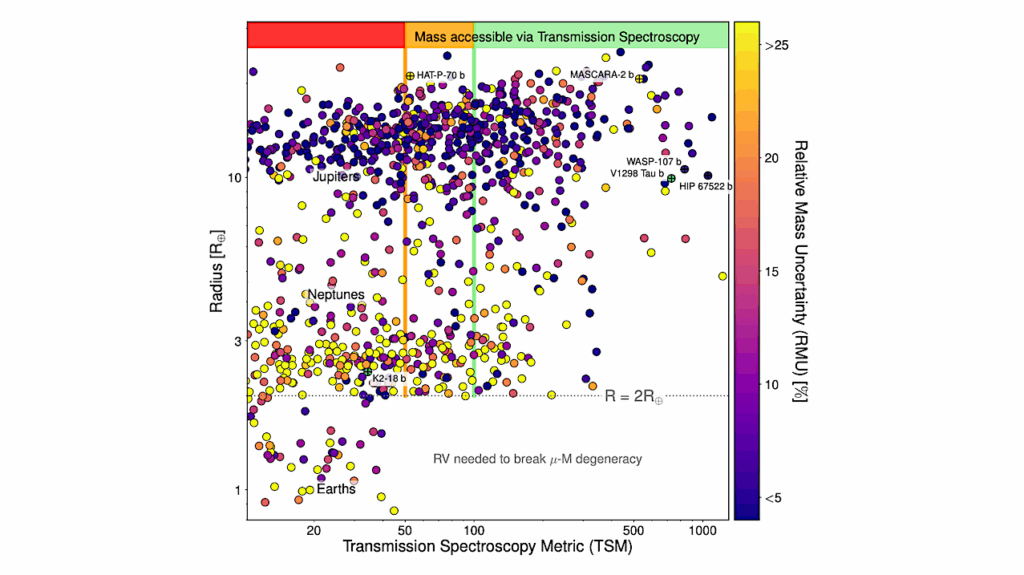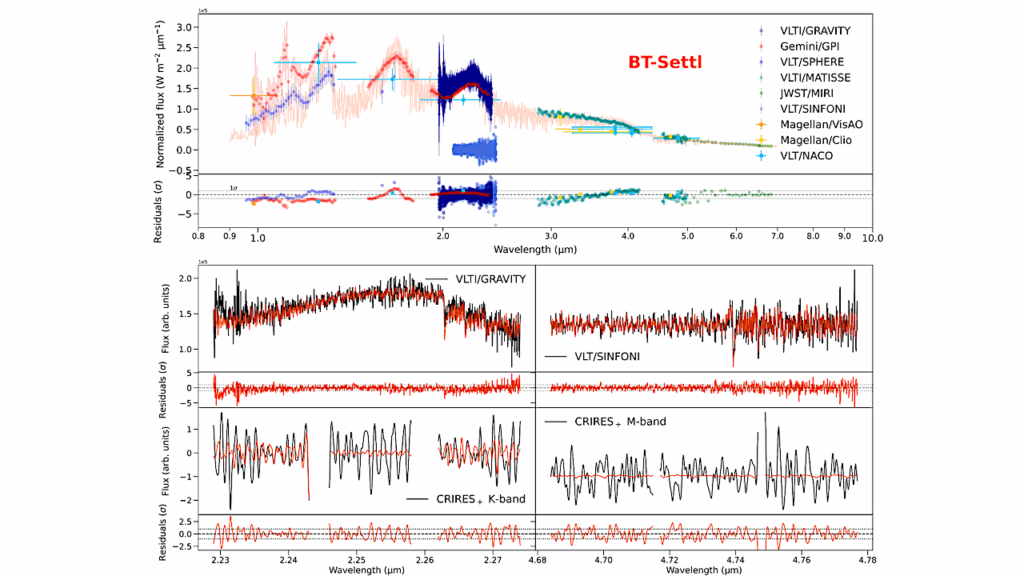3D Simulations Of TRAPPIST-1e With Varying CO2, CH4 And Haze Profiles
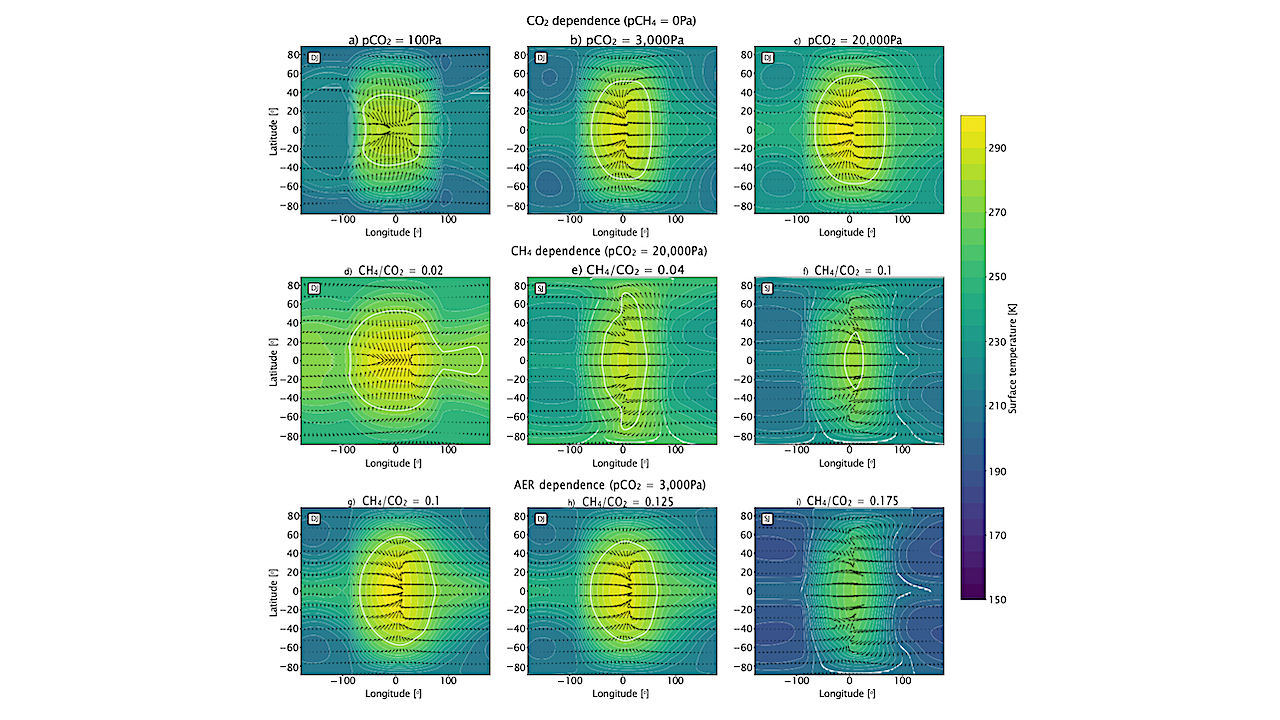
Using a 3D General Circulation Model, the Unified Model, we present results from simulations of a tidally-locked TRAPPIST-1e with varying carbon dioxide CO2 and methane CH4 gas concentrations, and their corresponding prescribed spherical haze profiles.
Our results show that the presence of CO2 leads to a warmer atmosphere globally due to its greenhouse effect, with the increase of surface temperature on the dayside surface reaching up to ~14.1 K, and on the nightside up to ~21.2 K. Increasing presence of CH4 first elevates the surface temperature on the dayside, followed by a decrease due to the balance of tropospheric warming and stratospheric cooling.
A thin layer of haze, formed when the partial pressures of CH4 to CO2 (pCH4/pCO2) = 0.1, leads to a dayside warming of ~4.9K due to a change in the water vapour H2O distribution. The presence of a haze layer that formed beyond the ratio of 0.1 leads to dayside cooling. The haze reaches an optical threshold thickness when pCH4/pCO2 ~0.4 beyond which the dayside mean surface temperature does not vary much. The planet is more favourable to maintaining liquid water on the surface (mean surface temperature above 273.15 K) when pCO2 is high, pCH4 is low and the haze layer is thin.
The effect of CO2, CH4 and haze on the dayside is similar to that for a rapidly-rotating planet. On the contrary, their effect on the nightside depends on the wind structure and the wind speed in the simulation.
Mei Ting Mak, Denis Sergeev, Nathan Mayne, Nahum Banks, Jake Eager-Nash, James Manners, Giada Arney, Eric Hebrard, Krisztian Kohary
Comments: 17 pages, 16 figures, 2 tables
Subjects: Earth and Planetary Astrophysics (astro-ph.EP)
Cite as: arXiv:2403.06928 [astro-ph.EP] (or arXiv:2403.06928v1 [astro-ph.EP] for this version)
Submission history
From: Mei Ting Mak
[v1] Mon, 11 Mar 2024 17:17:01 UTC (3,252 KB)
https://arxiv.org/abs/2403.06928
Astrobiology, Astrochemistry,



